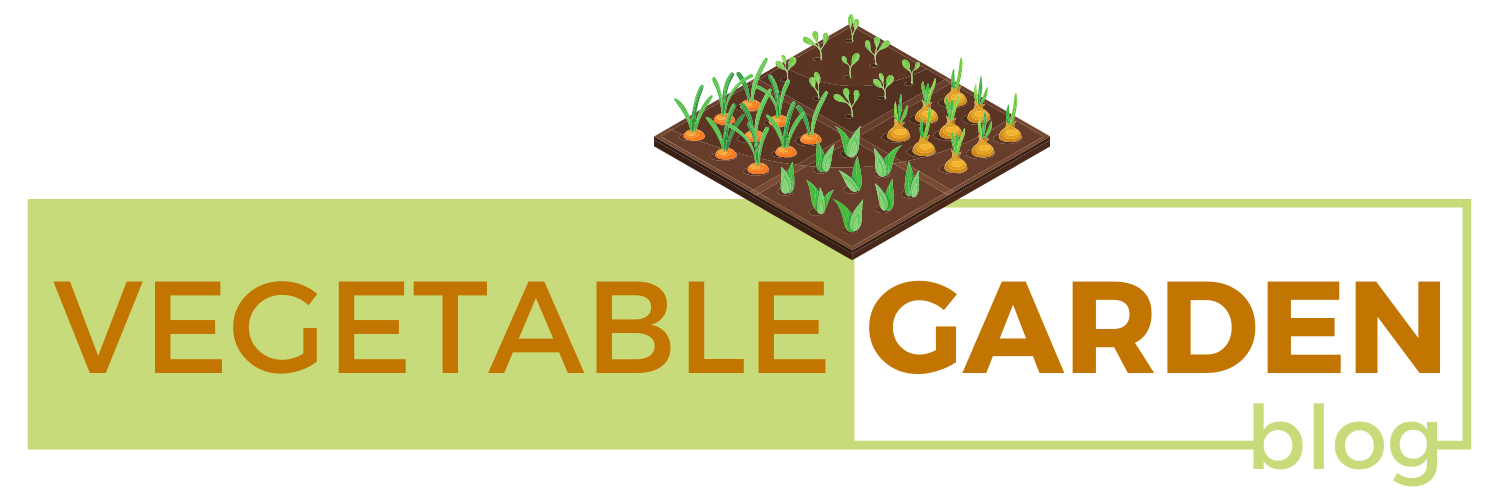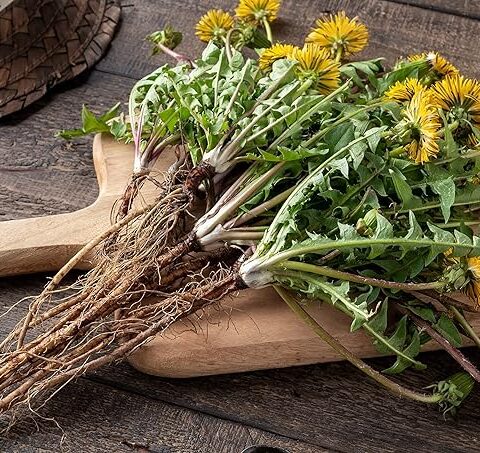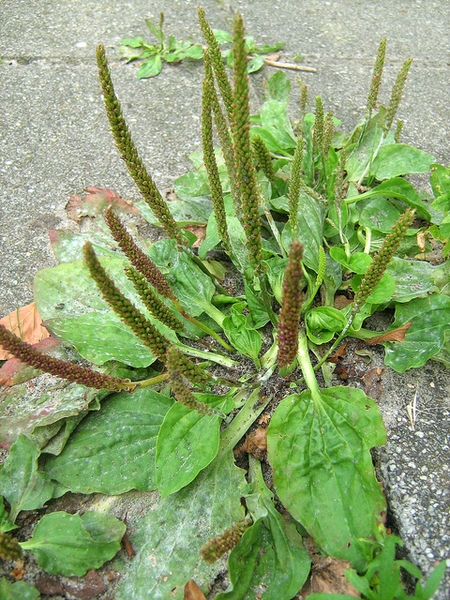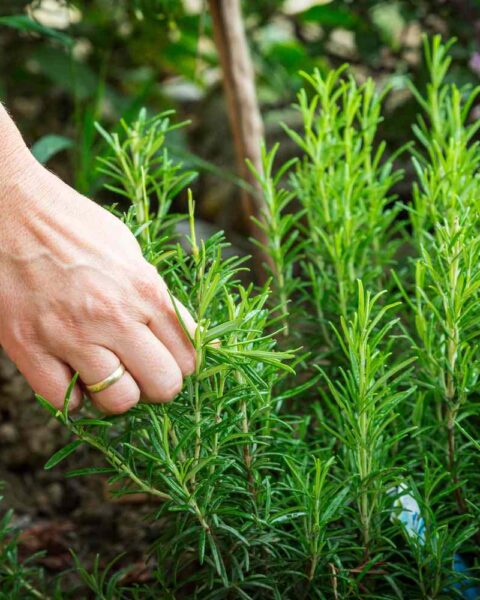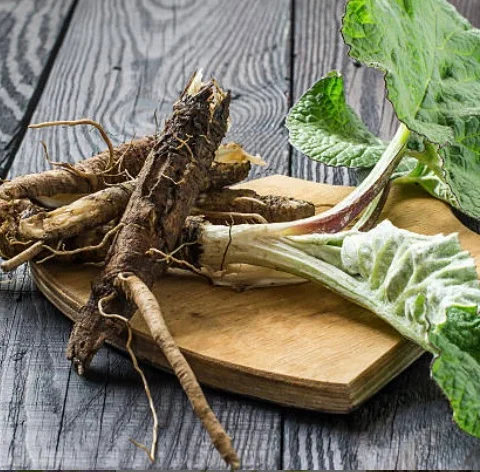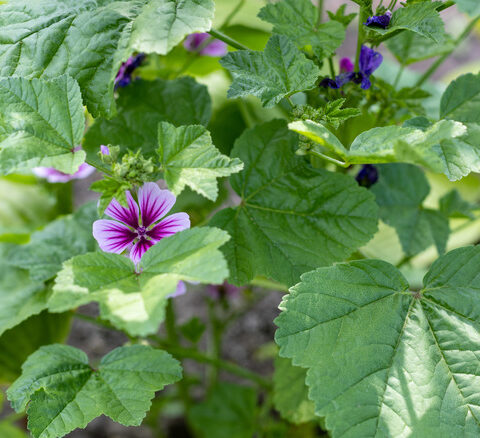Ginger is an amazing plant that can add a unique flavor to your home garden. For experienced and novice gardeners alike, a ginger plant is sure to make an impressive addition to any backyard.
With the right soil and care, it’s easy to grow this versatile root crop at home. Learn how selecting the right ginger plant, preparing the soil properly, planting and caring for them appropriately, harvesting and storing ginger can help make your ginger garden thrive.

Table of Contents:
- Selecting the Right Ginger Plant for Your Garden
- Preparing the Soil for Planting Ginger
- Planting and Caring for Ginger Plants
- Watering:
- Fertilizing:
- Harvesting and Storing Ginger
- FAQs in Relation to Ginger Garden
- What are three facts about ginger?
- Where does ginger grow best?
- Can you leave ginger in the ground over winter?
- What is so interesting about ginger?
- Conclusion
Selecting the Right Ginger Plant for Your Garden
Ginger plants are a great addition to any garden. Whether you’re looking for an ornamental plant or something edible, there are many varieties of ginger that can fit your needs. Before selecting the right ginger plant for your garden, it is important to understand the different types available and their requirements.
When choosing a ginger plant, it is essential to consider its growth habit and size as well as its hardiness in cold temperatures. For colder climates, choose varieties that are hardy enough to withstand winter without protection.
Ornamental gingers such as variegated shell ginger (Alpinia zerumbet) and red cone ginger (Etlingera elatior) grow tall with attractive foliage while culinary gingers such as turmeric (Curcuma longa) and galangal (Alpinia galanga) stay shorter but have more potent flavors when used in cooking.
For optimal growth rates, ensure adequate drainage when growing indoors or on patios by opting for containers with holes at the bottom and using potting mix specifically formulated for container gardening rather than regular garden soil which can retain too much moisture, potentially leading to root rot issues if not nipped in the bud.
Keep your ginger plants well-hydrated by providing them with plenty of water during dry spells; especially outdoors where rainfall may be insufficient. To give your gingers a head start before planting, incorporate organic matter such as compost or aged manure into the top 6 inches of soil prior to setting up shop.
Finally, when considering light levels, choose areas where plants will receive full sun exposure either outdoors or near windows indoors if grown inside year round. However, some shade tolerant species exist such as white spiral flagging (Costus woodsonii). Now, you should be able to make a choice of the ideal ginger plant for your surroundings; whether it is decorative or mostly used in cooking.
Choosing the ideal ginger plant for your garden is a critical factor in achieving optimal outcomes. With proper preparation and care, you can have a successful and thriving ginger garden. Now let’s move on to preparing the soil for planting ginger.

Key Takeaway: When selecting the right ginger plant for your garden, it is important to consider its growth habit and size as well as its hardiness in cold temperatures. To ensure optimal growth rates, provide adequate drainage when growing indoors or on patios and give plants plenty of water during dry spells. Finally, choose areas with full sun exposure either outdoors or near windows indoors if grown inside year round.
Preparing the Soil for Planting Ginger
Preparing the soil for planting ginger is an important step in ensuring a successful harvest. Ginger prefers well-drained, fertile soils with a pH of 6 to 7. To guarantee the correct amount of nourishment, it is advisable to incorporate compost or aged manure prior to sowing. This will help improve drainage and aeration while adding organic matter which can help retain moisture and provide essential nutrients for the plants.
Fertilizing is also recommended when preparing the soil for planting ginger. A balanced fertilizer such as 10-10-10 should be used at a rate of 2 pounds per 100 square feet prior to planting. Additionally, you may want to add some additional phosphorus and potassium by using bone meal or rock phosphate which are both excellent sources of these two elements needed by plants for healthy growth and development.
Once your soil is prepared with fertilizers, you’ll need to test its pH level using a home testing kit available from most garden centers or online retailers. The ideal range for growing ginger is between 6 – 7 on the pH scale so if your results come back higher than this then you’ll need to adjust accordingly by adding sulfur or lime depending on whether your reading was too high (alkaline) or too low (acidic).
Finally, it’s important that once you have prepared your soil correctly that you keep it weed free throughout the season as weeds can compete with ginger plants for water and nutrients which could affect their growth negatively over time. Hand weeding regularly around each plant should do the trick but if necessary chemical herbicides can also be used.
However, they must be applied carefully following all safety instructions provided on their labels in order not to damage other surrounding vegetation including any edible crops being grown nearby.
Preparing the soil for planting ginger is an important step in ensuring a successful harvest. Preparing the earth with nourishing components is key for achieving a fruitful yield of ginger plants. Now, for getting the most out of your ginger plants, let’s look into how to plant and maintain them.
Key Takeaway: To ensure a successful ginger harvest, the soil should be amended with compost or manure and fertilized with a balanced 10-10-10 fertilizer. The pH of the soil must also be tested to determine if it needs further adjustment before planting. Weeding regularly is imperative to keep weeds from siphoning off water and nourishment that the plants require for flourishing.
Planting and Caring for Ginger Plants
Choose a sunny spot with well-draining soil to plant your ginger rhizome, burying it 1-2 inches deep. Make sure to dig a hole large enough for the rhizome you are planting. Place the rhizome in the hole with its buds pointing up and cover it with 1-2 inches of soil. Water thoroughly after planting.
Watering:
During the growing season, water your ginger plants regularly to keep the soil moist but not soggy. In hotter areas, increased water requirements may be necessary to prevent dryness and resultant stress on the plant that can affect yields.
Fertilizing:
Fertilize ginger plants every few weeks during their active growth period using an all-purpose fertilizer or one specifically formulated for root crops like ginger. Follow instructions on product labels carefully when applying fertilizer to ensure proper application rates and avoid overfertilization which can burn roots or stunt growth of your plant.
Look out for potential bug problems like aphids, mealybugs, scale insects, mites or whiteflies which could harm your ginger plants if not monitored. Use insecticidal soap sprays or horticultural oils to control infestations before they become too severe and damage your crop significantly.
Harvest mature rhizomes 6-8 months after planting by digging them up from the ground with a spade or shovel, making sure not to disturb any other nearby roots while doing so. Once harvested, store fresh rhizomes in a cool dark place such as a cellar until ready for use; this will help preserve their flavor and texture better than refrigeration would do alone.
Proper care and maintenance of ginger plants is essential for a successful harvest. With that in mind, the next step to consider is harvesting and storing your ginger crop.

Harvesting and Storing Ginger
Harvesting Ginger:
Ginger may be plucked at any point throughout the year, but usually is ready to be taken in late summer or early autumn. To harvest ginger, use a garden fork or spade to carefully dig around the plant and lift it out of the soil.
If you are harvesting young ginger, you may only need to remove part of the root system. When harvesting fully grown ginger, you must take out the entire root system from the earth. When harvesting ginger, take care not to damage any of its delicate fibers as this can affect its quality and flavor.
Storing Ginger:
Alternatively, if you don’t plan on using your fresh crop right away then freezing is another great option for preserving its flavor and texture for later use.
Simply peel off any skin covering the root before slicing into thin pieces and spreading them onto a baking sheet lined with parchment paper before transferring them into an airtight freezer safe container where they will keep well for up to six months.

FAQs in Relation to Ginger Garden
What are three facts about ginger?
1. Ginger is a tropical perennial plant that has been used for centuries as both an herb and spice. It grows from rhizomes, or underground stems, which can be harvested to produce the ginger root we use in cooking and medicinal remedies.
2. Ginger’s active components are believed to possess anti-inflammatory characteristics, which makes it a widely used cure for sickness, inflammation alleviation and digestive problems such as indigestion and bloating.
3. Ginger is packed with antioxidants that may guard against cell harm from free radicals, promoting cardiovascular wellness and possibly lowering the danger of particular cancers.
Where does ginger grow best?
Ginger is a tropical plant that flourishes in warm, moist climates with abundant sunlight and temperatures between 65-85 degrees Fahrenheit. It prefers temperatures between 65-85 degrees Fahrenheit and does not tolerate cold weather or frost.
Ginger needs soil that is well-drained, slightly acidic (pH 5.5 to 6.5), and abundant in organic matter like composted leaves or manure for thriving growth. When planting ginger outdoors, it should be planted at least 12 inches deep and 4 feet apart to ensure adequate space for root growth; when grown indoors, the container must have drainage holes to prevent waterlogging.
With proper care, ginger can provide an abundance of flavorful roots year round.
Can you leave ginger in the ground over winter?
No, ginger should not be left in the ground over winter. Ginger is a tropical plant that requires temperatures above 50°F to survive and thrive.
Extended exposure to frigid conditions can prove fatal or lead to considerable harm for ginger plants. To ensure its survival through winter months, ginger rhizomes should be dug up and stored indoors until spring arrives.
What is so interesting about ginger?
Ginger is an incredibly versatile and interesting plant. Ginger boasts an unforgettable taste, smell and feel that has made it a favorite ingredient in global culinary creations. Ginger boasts a wealth of beneficial elements, such as antioxidants, anti-inflammatory compounds, vitamins and minerals – making it an advantageous component for any home remedy kit or health plan.
Its ability to fight off infections makes it a valuable addition to any home remedy kit or natural health regimen. Beyond this practical application, ginger can be used as an ornamental plant in gardens for its attractive foliage and fragrant blooms. With so much potential for culinary use as well as decorative purposes, ginger is truly one of nature’s most fascinating plants.
Conclusion
To ensure a successful ginger garden, proper selection of the variety for your climate and soil preparation is essential, as well as taking care to plant correctly and provide regular watering and fertilization.
Planting ginger requires selecting the right variety for your climate, preparing soil that will support its growth, planting correctly so as not to damage roots or shoots, and providing regular watering and fertilization.
With these steps taken you should have a healthy ginger garden full of fragrant blooms. Harvesting when ready ensures maximum flavor from each root harvested; store properly for long-term use or enjoy fresh within days of harvesting.
